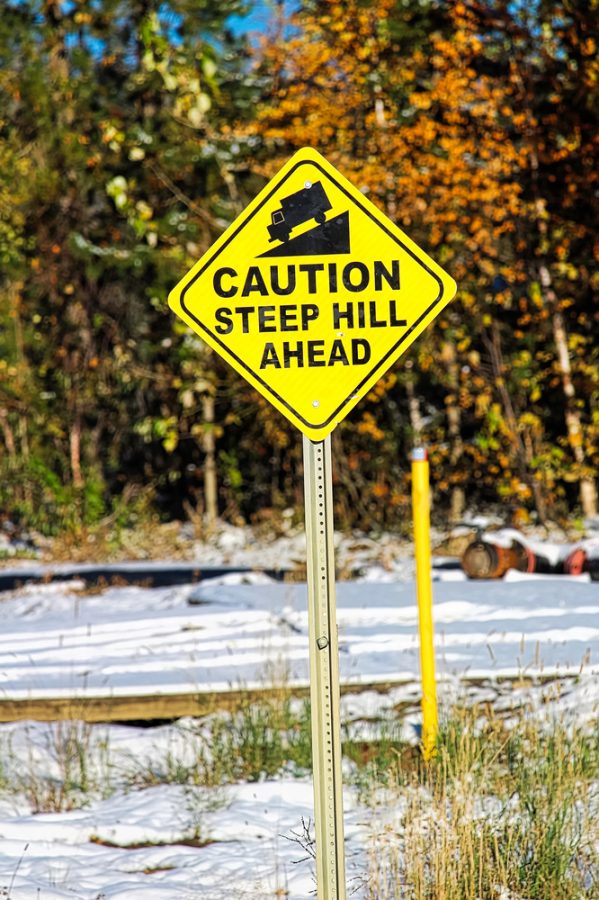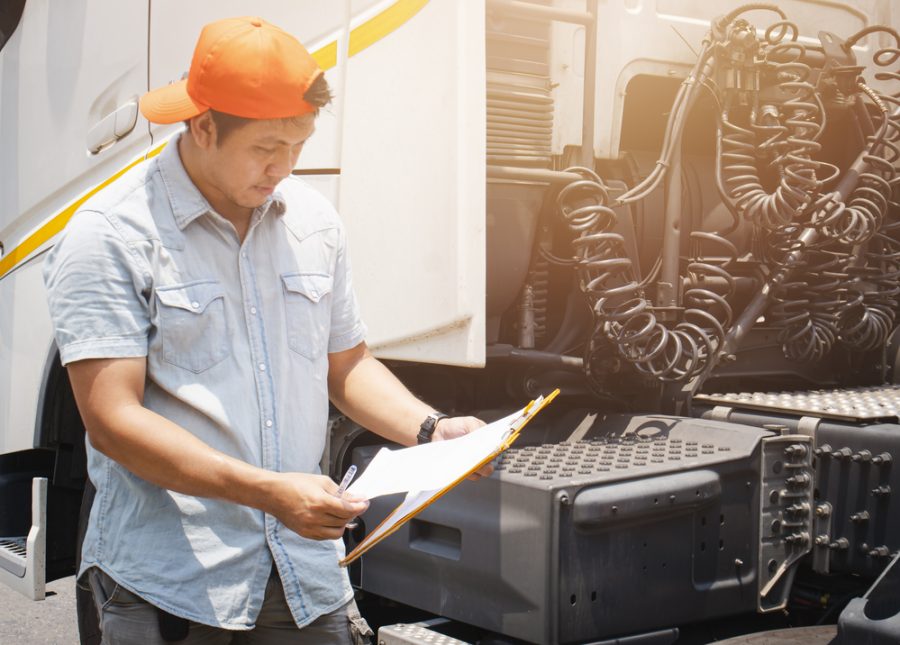Jake brakes, also known as the engine brake or compression-release engine brake, are a must-have on semi-trucks to help with deceleration. Unlike regular brakes, Jake brakes work by changing the exhaust valves, releasing compressed air, and slowing the truck down without relying on the brake pads.
This helps control the truck on down hills and reduces wear on the primary braking system. Knowing how Jake brakes work can help a driver manage the truck’s momentum safely and smartly.
Jake brakes aren’t just for truck drivers, they’re important for highway safety and commercial vehicle efficiency. By giving you another way to slow down, Jake brakes prevent overheating and wear on the main brakes, reducing the chance of brake failure. This is especially important in mountainous or hilly areas where long descents put a lot of stress on the regular brakes.
What’s a Jake Brake?
A Jake brake is a device in diesel engines to increase the braking power of a vehicle. When engaged the Jake brake changes the engine’s operation to a power-absorbing air compressor. This allows the vehicle to slow down without relying on the wheel brakes.
By opening the exhaust valves at the top of the compression stroke the Jake brake releases the compressed air in the cylinders, slowing down the engine and therefore the vehicle. This is especially useful for heavy-duty trucks, gives you more control and safety.
A Jake brake works by a series of mechanical actions inside the engine. When the driver engages the Jake brake the exhaust valves open during the compression stroke and the compressed air is released from the engine cylinders. This release of air makes the engine an energy-absorbing device and slows down the vehicle.
Unlike regular friction brakes which rely on brake pads applying pressure to the wheels, engine brakes like the Jake brake use the engine’s internal components to decelerate. Jacobs Vehicle Systems and Jacobs Manufacturing Company developed this technology and changed the way commercial trucks slow down and stay safe on the road.
How it Works
Jake brakes work through a compression release mechanism, by manipulating the engine’s exhaust valves. During the compression stroke the exhaust valves open and release the compressed air in the engine cylinders.
This release of air makes the engine a power-absorbing air compressor and slows down the vehicle without using the friction of regular brakes. Compared to other braking systems like exhaust brakes which restrict exhaust flow to create back pressure or standard power absorbing air compressors, Jake brakes slow down more efficiently and controlled.
This is especially useful for diesel engines in semi-trucks, reduces wear on the main brakes, gives more control on down hills, and contributes to overall safer and more efficient commercial vehicles.
Benefits of Jake Brakes
Using Jake brakes gives you several benefits especially when driving down grades and mountainous areas. By giving you more control and slowing down without relying on regular friction brakes, Jake brakes keep you safe even on steep descents.
This reduces wear and tear on the main braking system, extends brake pad life, and reduces maintenance costs. Jake brakes also contribute to highway safety for truck drivers and other road users by giving reliable deceleration and preventing brake overheating or failure.
How to use Jake Brakes
For truck drivers, using Jake brakes effectively starts by engaging it before going down steep hills. By engaging the Jake brake early, you can control your speed throughout the descent and reduce the stress on the regular friction brakes.
You should use Jake brakes in conjunction with friction brakes to get optimal control, especially on long or steep down grades. This dual approach will allow you to control the truck’s speed safely and prevent the main brakes from overheating and losing effectiveness. Anticipating changes in terrain and engaging the Jake brake early can make a big difference in keeping the vehicle stable and safe.
But you should not overuse Jake brakes to minimize exhaust noise and mechanical wear. Excessive use can produce noise which can be disturbing in residential areas and other quiet places. Continuous use of Jake brakes can also wear out the mechanical parts over time. Optimal scenarios for using Jake brakes are toll roads where controlled deceleration is required and on certain vehicles that need more braking power due to their weight and load.
Legal and Practicalities
When it comes to legal and practicalities, truck drivers should be aware of the rules on Jake brake use in their area. Many areas especially residential areas have restrictions on engine braking due to the loud exhaust noise it produces. These rules are to reduce noise pollution and maintain a peaceful environment for the residents.
Some areas also require permits for brake retarders including Jake brakes on commercial vehicles. Knowing and complying with these local laws and regulations is important for truck drivers to avoid fines and to keep their operations within the legal bounds.
Maintenance and Safety Reminders
Engine brake work is essential to get Jake brakes to work properly. Truck drivers and maintenance personnel should check the brake system regularly and look for signs of wear or damage on the exhaust valves and related parts.
Lubricate moving parts and make sure the engine is in good condition to prevent malfunction and optimal performance. Safety precautions should also be observed when using compression brakes. Drivers should always be aware of the road condition and use Jake brakes wisely to avoid sudden or hard braking which can cause skidding or loss of control especially on slippery roads.
Knowing the vehicle’s braking system and proper training for truck drivers is key to the safe and effective use of Jake brakes. Training programs should cover the mechanics of Jake brakes, its benefits, and best practices in different driving conditions. This knowledge will help drivers decide when and how to engage the Jake brake and overall vehicle safety and performance.
Conclusion
Jake brakes are an important component in semi-trucks that provide additional braking power through the engine’s compression release mechanism. It helps to control steep descents, reduce wear on regular friction brakes, and overall highway safety. By using Jake brakes effectively, truck drivers can have smoother and safer rides and longer brake system life.
To use engine brakes safely and effectively, engage Jake brakes before steep hills, use it in conjunction with friction brakes, and don’t overuse them to minimize noise and mechanical wear. Knowing and complying with local rules on Jake brake use is also important. By following these best practices, drivers can get the most out of Jake brakes and their vehicles.







